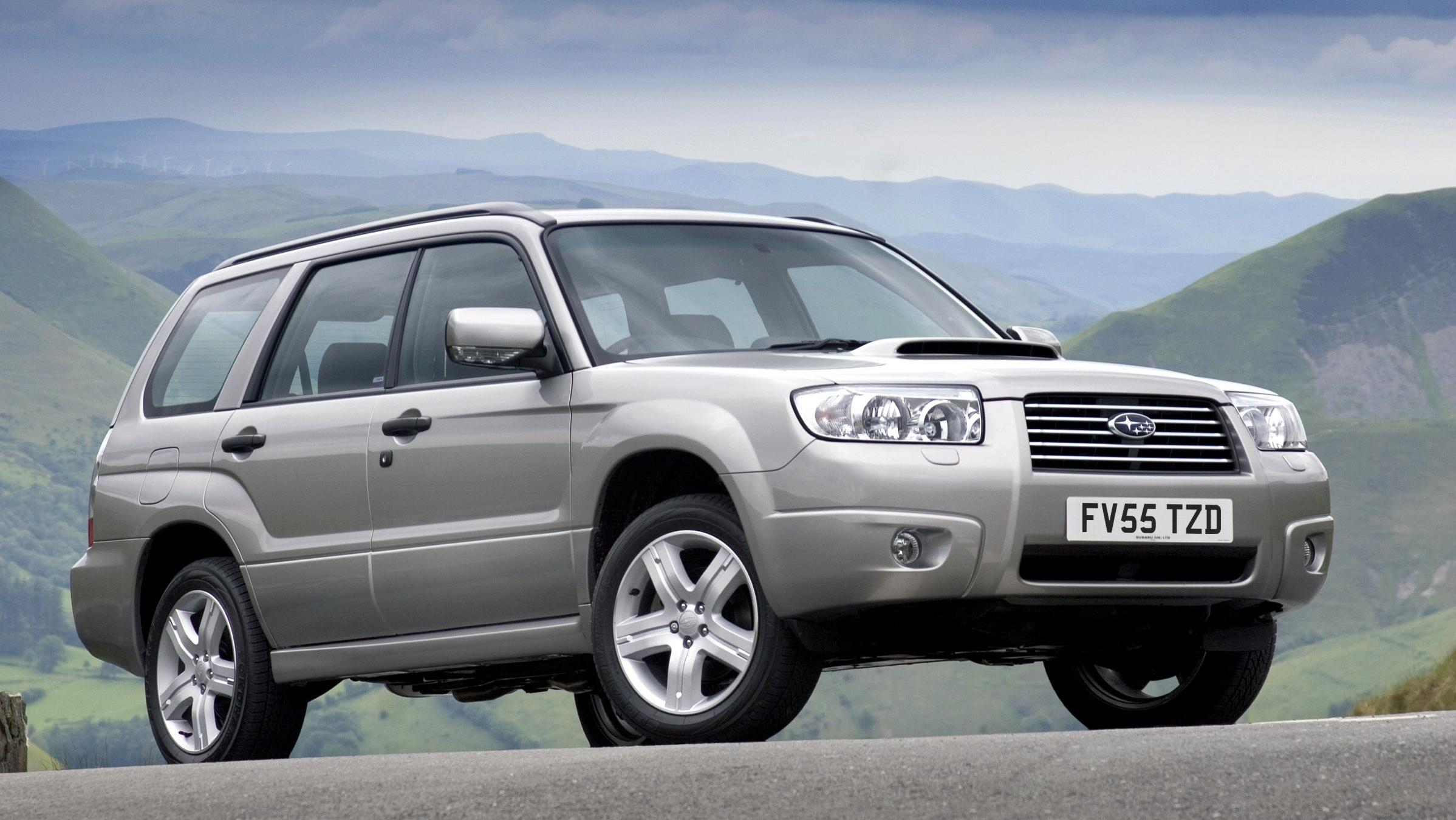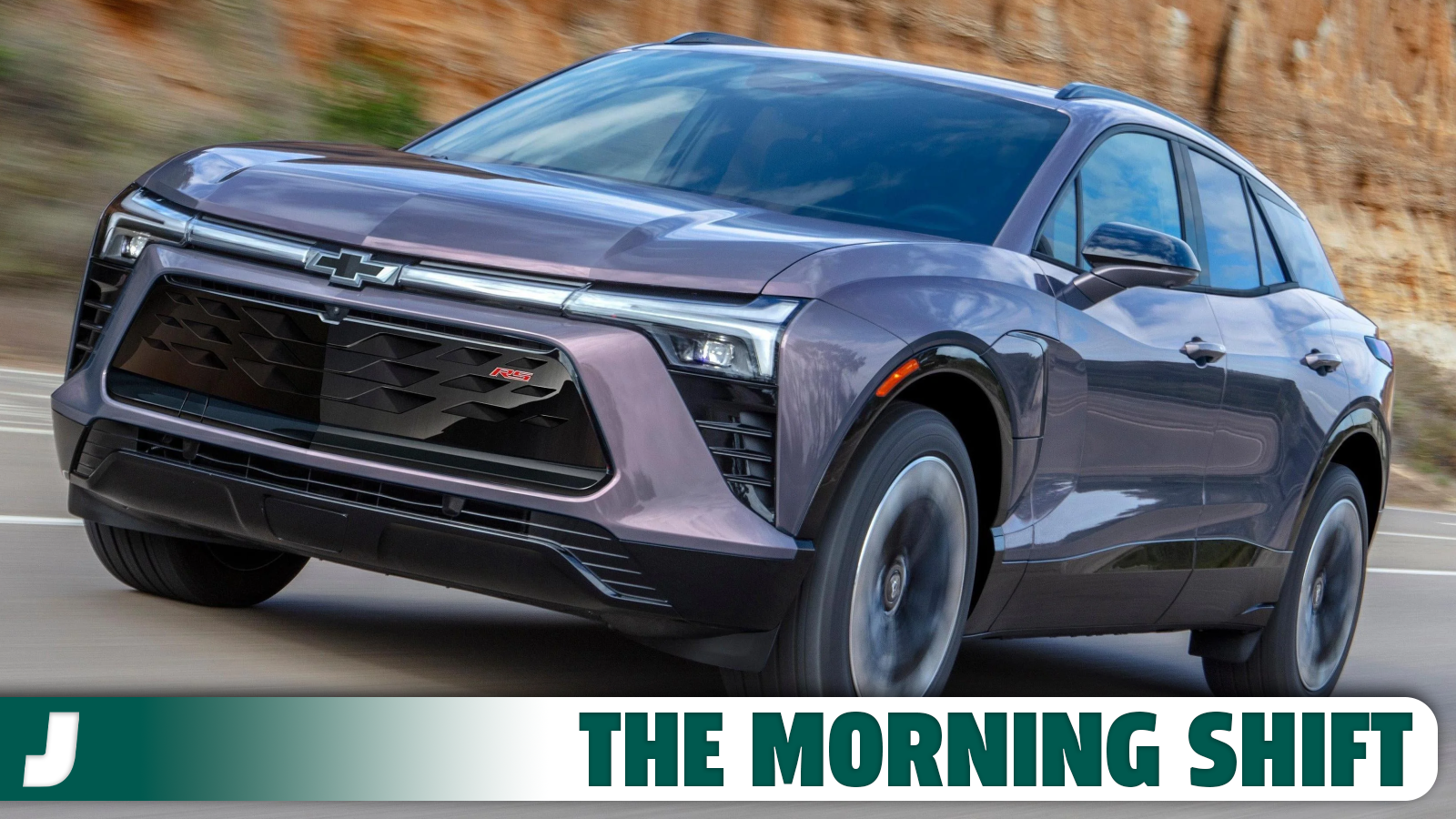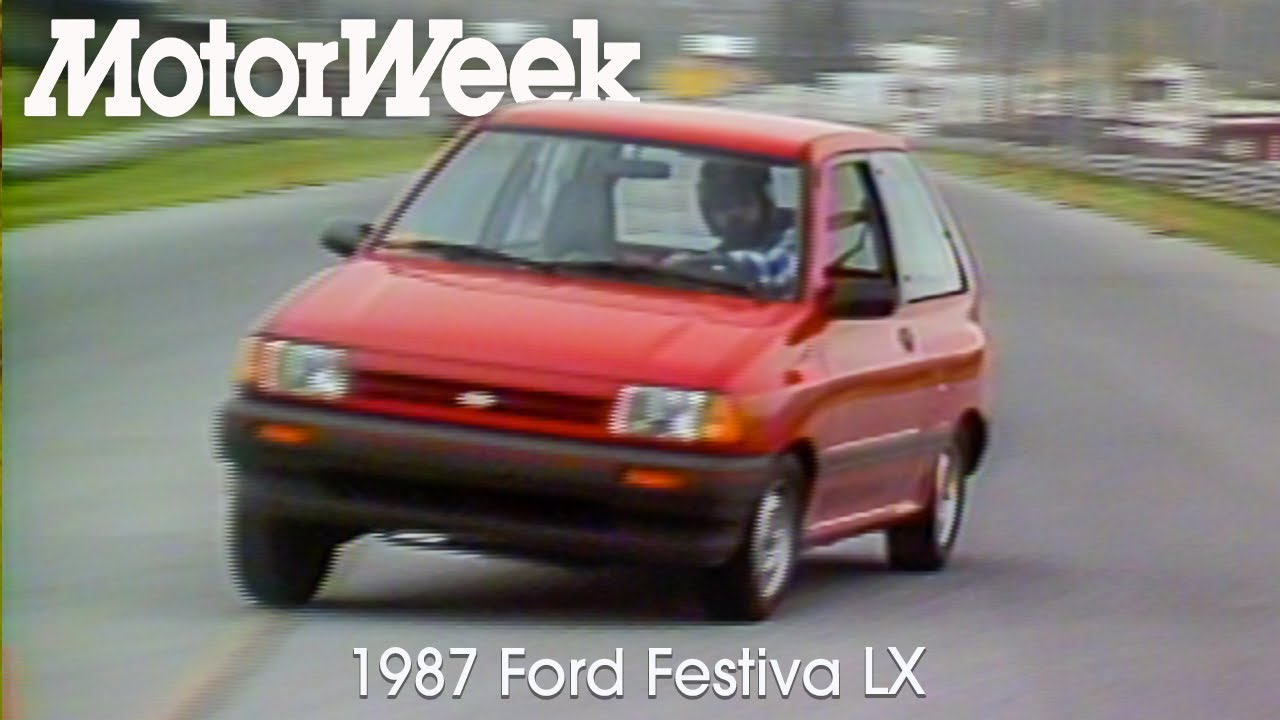500 Cordless Drill-Powered Lada, Why Turbocharged Cars Don't Need Hoodscoops And An Actual Faraday Future FF91 In The Wild In This Weekend's Car Culture Roundup
A collection of our best posts of the week in car culture
Lada Powered By 50 Cordless Drills Is The Only EV Swap That Matters
Taking an old car and making it run on electricity is so hot right now, with startups the world over popping up with the aim of electrifying everything from old Jaguar E-Types to lovely little Miatas. Now, a rusting Lada has been given the EV upgrade, but instead of cribbing its power from a Tesla or Cascadia Motion, it comes from an unlikely source: cordless drills. – Owen Bellwood Read More
Why Don’t Turbocharged Cars Need Hood Scoops Anymore?
You never know what you have until it's gone, and the proliferation of hood scoops on turbocharged cars is a perfect example of that. Looking back in time a decade or two, it was more common for turbocharged or supercharged road cars to have functional hood scoops, from station wagons to muscle cars to pickup trucks. Nowadays, though, cars leaving the production line with these attention-grabbing features are less common, and that sucks. – Logan Carter Read More
GM Wants To Sell More EVs Because It Isn’t Losing Money On Them Anymore
Good morning! It's Wednesday, January 29, 2025, and this is The Morning Shift, your daily roundup of the top automotive headlines from around the world, in one place. Here are the important stories you need to know. – Owen Bellwood Read More
Grasshopper Pod Turns Your Kei Truck Into An Adorable Go-Anywhere Camper
If you want a fun little camper that can go anywhere, then you've got a lot of good options right now. You could get a rugged Mercedes van filled with creature comforts, could fit a camper shell to your trusty truck or could opt for a Kei truck fitted with this awesome pod that transforms the tiny truck into a dreamy RV. – Owen Bellwood Read More
The Faraday Future FF91 Is Real And I Have Photographic Proof, I Swear This Isn’t AI
Many electric car startups have started up and then shut down over the past decade or so, some of which went under before producing even one car. Shockingly, Faraday Future, perhaps the most embattled and confusing startup of them all, is still kicking and has actually delivered a handful of its $309,000 FF91 luxury EVs. "I don't believe you," I can hear you saying, "where's the proof?" Well, I saw one last night and took this photo of it. – Daniel Golson Read More
Elon Musk’s Right-Wing Rhetoric Is Sparking Boycotts In Europe
Good morning! It's Tuesday, January 28, 2025, and this is The Morning Shift, your daily roundup of the top automotive headlines from around the world, in one place. Here are the important stories you need to know. – Owen Bellwood Read More
Alfa Romeo Hopes Scrapping All-Electric Plans Will Make Americans Care Again
Good morning! It's Monday, January 27, 2025, and this is The Morning Shift, your daily roundup of the top automotive headlines from around the world, in one place. Here are the important stories you need to know. – Owen Bellwood Read More
LA’s Love Of Cars Led To The Wacky, Eye-Catching Googie Architecture Style For Roadside Businesses
The term Googie architecture — pronounced GOO-gee with hard G's — is probably foreign to you, but you are almost certainly familiar with buildings that exemplify the style. This distinctive kind of architecture is characterized by cantilevered roofs, swooping curves, dramatic angles, large sheets of plate glass, starburst details, effervescent color palettes, and neon signage. It's widely considered to have originated in Los Angeles, California in the mid-twentieth century, and it became popular with roadside businesses looking to catch the attention and money of LA's ever-increasing population of motorists as they sped by. Though the polarizing and arguably tacky architectural trend first started gaining popularity in Los Angeles during the economic boom following World War II, it soon spread across the country. – Logan Carter Read More
MotorWeek’s 1987 Ford Festiva Review Reminds Us How Imperialism Created Many Small “American” Cars
The American automotive industry is best known for its large vehicles, be they pickup trucks, large SUVs, or big muscle cars. Most American automakers sold small cars in the past, but some folks may not be aware that many small "American" cars were actually designed and/or built by other companies in other countries. American imperialism forced itself upon the shores of Eastern countries like Korea and Japan under the guise of "civilizing" and "helping" them out, and these countries conveniently helped Americans get cheap, efficient, well-built products in return. The latest MotorWeek Retro Review showcases how Ford's Festiva was actually designed by Mazda in Japan and produced by Kia in Korea, and previous Retro Reviews show how the other two players in America's Big Three carmakers have done the same for over 50 years. – Logan Carter Read More
Who Wants To Buy Palm Beach International Raceway?
At some point in all of our lives, we dream of owning a race track. Getting to turn corner after corner with no pesky club rules, honing your driving skill without any annoying tech inspection — it's truly the dream. Now, that dream could be a reality, so long as you've got a ton of money and want to spend you time in Florida. – Amber DaSilva Read More










